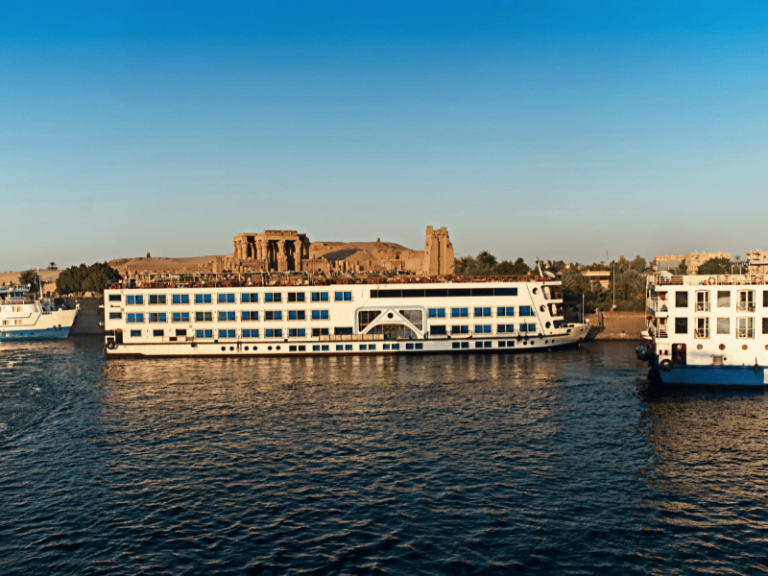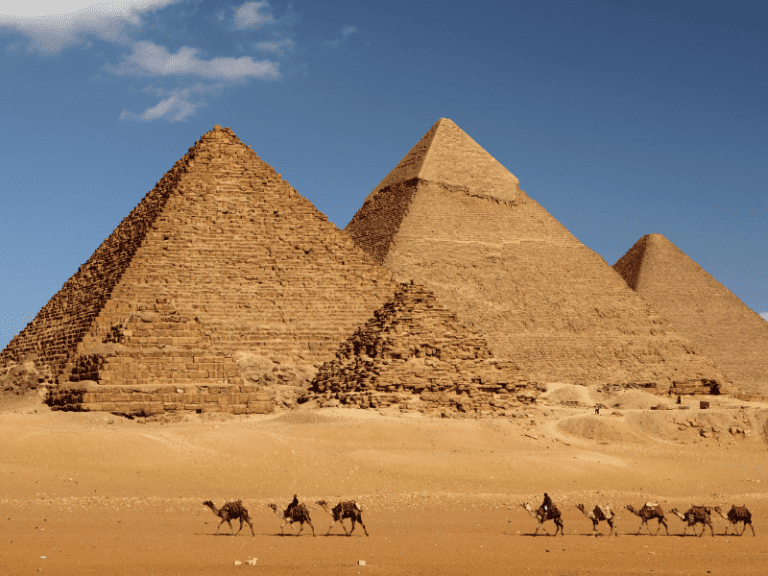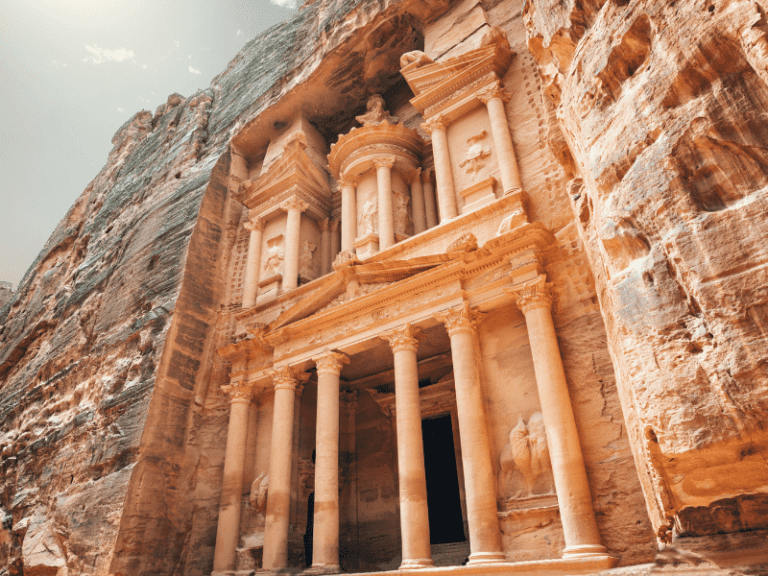Egypt’s history is one of the oldest and most fascinating in the world, and much of its success and longevity can be attributed to its unique geography. From the fertile banks of the Nile River to the protection provided by the surrounding deserts, Egypt’s physical environment has played a crucial role in shaping the course of its civilization. Whether you’re planning a trip to Egypt or simply interested in understanding how geography influenced one of the most remarkable ancient cultures, recognizing these geographical factors is essential to appreciating the region’s historical significance.
The Role of the Nile River in Ancient Egypt
The Nile River was the lifeblood of Ancient Egypt, providing the necessary water and fertile soil to sustain agriculture in an otherwise arid region. Without the Nile, Egypt would not have been able to support its large population and develop its advanced civilization. The river’s predictable flooding cycle deposited nutrient-rich silt on the banks, creating a narrow strip of fertile land where crops could be grown.
- Agriculture: The fertile floodplains allowed Egyptians to cultivate crops such as wheat, barley, and flax.
- Transportation: The Nile acted as a natural highway, enabling easy trade and communication across Egypt.
- Protection: The Nile also provided a natural defense against invaders, as it was difficult to cross and navigated only by those who knew its currents.
The Nile made Egypt a hub of civilization, and its consistent flooding and agricultural productivity formed the backbone of the nation’s economy.
The Deserts: Natural Barriers for Protection
Egypt is bordered by vast deserts to the east and west, which have acted as natural barriers against invasions throughout its history. The Sahara Desert to the west and the Eastern Desert to the east created a fortified boundary, making it challenging for enemy forces to invade without risking dangerous conditions.
- The Western Desert: Kept Egypt isolated from Africa, offering little access to outside threats.
- The Eastern Desert: Separated Egypt from neighboring civilizations in the Arabian Peninsula and the Middle East.
- Strategic Locations: The deserts also provided valuable resources such as gold, which played an important role in Egypt’s economy.
This geographic advantage allowed Egypt to maintain stability for centuries and defend its borders with relative ease.
The Delta: The Gateway to the Mediterranean
The Nile Delta, where the river spreads out into numerous branches before emptying into the Mediterranean Sea, was another crucial feature of Egypt’s geography. This area was not only fertile but also served as an important trade route that connected Egypt to the broader Mediterranean world.
- Trade Routes: The Nile Delta provided access to sea trade with other Mediterranean cultures, including the Greeks, Romans, and Phoenicians.
- Agricultural Hub: The delta region was extremely fertile and became a major agricultural area that supported Egypt’s population.
- Cultural Exchange: The delta allowed for the flow of ideas, culture, and technology, fostering Egypt’s growth as a powerful civilization.
The Delta’s strategic location allowed Egypt to thrive as a center of commerce and cultural exchange, contributing to its prosperity for millennia.
Egypt’s Climate: A Harsh Yet Beneficial Environment
Egypt’s climate, characterized by intense heat and low rainfall, may seem inhospitable at first glance. However, this dry environment contributed significantly to Egypt’s development in several ways.
- Preservation of Monuments: The dry climate helped preserve Egypt’s ancient monuments, temples, and tombs, which remain well-preserved today, allowing modern tourists to experience the wonders of Ancient Egypt.
- Isolation: The heat and arid conditions helped isolate Egypt from outside invasions, allowing its people to develop a distinct and cohesive culture.
- Efficient Agriculture: While rainfall was scarce, the irrigation systems developed around the Nile enabled Egyptians to cultivate crops even in this dry climate.
This harsh environment, combined with the blessings of the Nile, allowed Egypt to flourish by making efficient use of its available resources while protecting it from external threats.
The Red Sea and Sinai Peninsula: Egypt’s Trade Routes to the East
In addition to the Mediterranean Sea, Egypt’s geographical position provided access to the Red Sea and the Sinai Peninsula. These areas were vital for trade routes to the east, connecting Egypt with regions like Arabia, Persia, and India.
- Red Sea Trade: Egypt established trade links with the Arabian Peninsula, bringing in valuable goods like incense, spices, and exotic animals.
- Sinai Peninsula: Served as a key route for travelers and traders crossing from Africa to Asia.
- Strategic Military Importance: The Red Sea also provided a key route for military expeditions, helping Egypt expand its influence in the region.
This access to the Red Sea and Sinai further contributed to Egypt’s success as a trading empire and allowed it to establish powerful connections across the ancient world.
Conclusion: Geography as the Foundation of Egypt’s Legacy
The unique geography of Egypt was a key factor in the rise and sustained dominance of one of the world’s most extraordinary civilizations. The Nile River, deserts, fertile Delta, and access to seas provided Egypt with the resources, protection, and connections that helped it grow into a powerful empire. For modern-day travelers looking to explore Egypt’s rich history, understanding the role of geography is essential to appreciating how the ancient Egyptians shaped their world. If you’re planning a visit, Travel Joy Egypt offers a range of tours to Egypt that will take you on a journey through Egypt’s incredible landscapes and monuments, helping you discover the geography that made this civilization possible.












